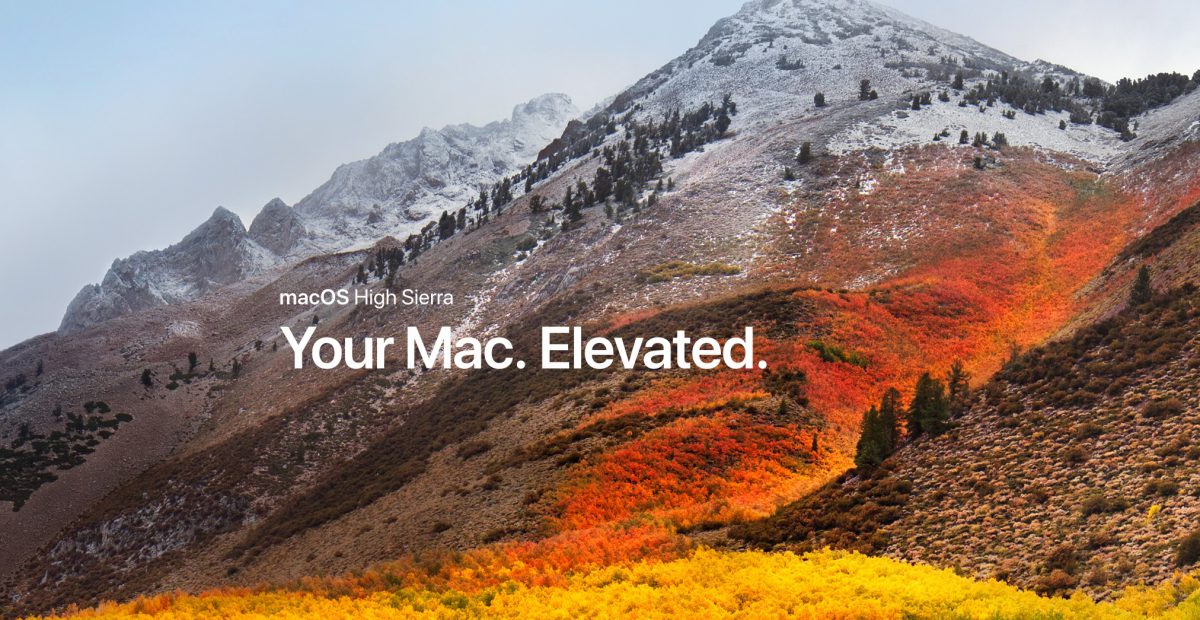It’s been awhile since I did a post regarding a macOS upgrade. In fact, it’s been GASP 4-years, so I thought it might be fun to take stock and do a deep dive on how I did the upgrade. So let’s get to it!
The Boot Disk
For starters, I downloaded the new OS and created a bootable install disk on a thumb drive. This way I didn’t have to perform multiple downloads for each machine and I could have a boot disk handy in my “jump bag” when I travel.
On the day that the new macOS was available, I downloaded it to my laptop and then followed the guide on 9to5Mac.com to create the disk on a new 8GB thumb drive I bought from Amazon. The 9to5 guide was great for people who aren’t that comfortable with the Terminal due to the fact that they had a drag-and-drop style that saved a ton of typing.
The Machines
The plan was to wait a couple of days to see if anyone was reporting any issues then decide to begin the process of upgrading my machines, which were as follows:
- Office
- Macbook Mini (Late 2012) – 2.5GHzIntel Core i5 with 16GB of RAM
- Macbook Air 11″ (Mid 2012) – 1.7Ghz Intel Core i5 with 8GB of RAM
- Home
- 27″ iMac (Late 2009) – 2.8GHz Intel Core i7 with 16GB for RAM
Looking at this list, I’m a bit taken aback at how old these machines are. Every machine is at least 5 years old and my most powerful Mac is 8 years old. The reason for my surprise is that I don’t feel as if any them are particularly slow or in need of a replacement.
This is a prime example of why I balk when people say “Macs are more expensive than PCs”. Their upfront cost may be more than a cheap PC but the fact that I bought a Mac 8 years ago and it’s still able to run the latest OS is amazing! My iMac came with macOS 10.6 (Snow Leopard) and I’ve been able to upgrade the OS 7 times to macOS 10.13 (High Sierra). 😯
The Apps
Looking back over my past blog entry when I upgraded to Mavericks, I really liked seeing the software I was using at the time so I thought I’d update the list. The following are the apps that I use:
The Process
I use to always go for a “scorched earth” approach and wipe out the hard drive before installing a new version of macOS; however; over the past two years, I’ve simply done the standard upgrade and it’s worked out fine. Granted, I do make sure that I have a complete backup for each machine in Time Machine, CrashPlan and a SuperDuper clone.
My first machine I decided upgraded was the laptop since it’s the least critical on my list. I checked online to see what apps didn’t work out-of-the-gate and not seeing any “deal breakers” I went for it.
Using the thumb drive made the process easy and didn’t run into any errors although it did take some time because one of the components of this upgrade is a new file system to the Apple File System (AFPS) from HPS+.
What took even MORE time was the fact that Spotlight had to re-index the entire file system which made using the computer after the upgrade very, very slow. I would recommend installing the new macOS at the end of the day so that it can index while you’re not using it.
The upgrade to my laptop was un-eventful, so the next weekend I upgraded my work machine and next weekend I plan to upgrade my home machine.
Conclusion
Unless there’s a specific application that is known not to work, I see no reason not to upgrade to macOS High Sierra.
I’ve had no issues over the past-two weeks. The new OS seems solid and a bit more refined but nothing earth shattering. If anything, it’s been good to take stock of the apps I’m using (more on that in another post) and re-evaluate my workflows and how I use my machines.
